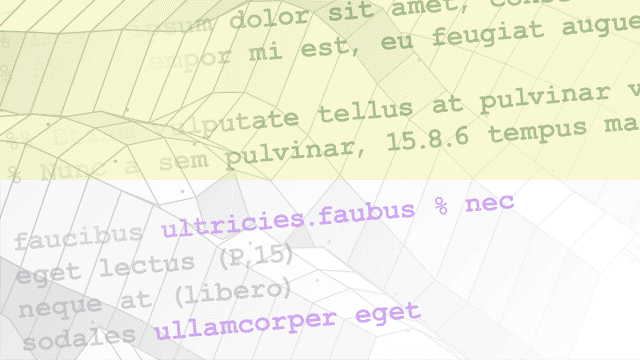Price Credit Derivative Instruments
A credit derivative is a financial instrument designed to separate and then transfer the risk of an event of credit default to an entity other than the debtholder. A credit default swap is a particular type of swap designed to transfer the credit exposure of fixed income products between two or more parties. In a credit default swap, the buyer of the swap makes payments to the swap’s seller up until the maturity date of a contract. In return, the seller agrees that, in the event that the debt issuer defaults or experiences another credit event, the seller will pay the buyer the security’s premium as well all interest payments that would have been paid between that time and the security’s maturity date. A credit default swap is, in effect, insurance against non-payment. This toolbox provides functionality to price credit default swaps and credit default swap options. Also, you can compute the default probability and hazard rate values from market data.
The object-based framework supports a workflow for creating instruments, models, and pricer objects to price financial instruments. Using these objects, you can price interest-rate, inflation, equity, commodity, FX, or credit derivative instruments. The object-based workflow is an alternative to pricing financial instruments using functions. Working with modular objects for instruments, models, and pricers, you can easily reuse these objects to compare instrument prices for different models and pricing engines. You can use the object-based workflow to price a single instrument or to price a collection of instruments in a portfolio. For more information on the workflow, see Get Started with Workflows Using Object-Based Framework for Pricing Financial Instruments.
Create a credit derivative object using fininstrument,
associate the object with a model using finmodel, and then
specify a pricing method using finpricer.
Functions
Objects
Topics
- Bootstrapping a Default Probability Curve from Credit Default Swaps
This example shows how to bootstrap a default probability curve for
CDSinstruments. - Get Started with Workflows Using Object-Based Framework for Pricing Financial Instruments
Use objects to model and price financial instruments.
- Choose Instruments, Models, and Pricers
Select instruments, associated models, and associated pricers.
- Mapping Financial Instruments Toolbox Functions for Credit Derivative Instrument Objects
The following table lists the Financial Instruments Toolbox™ functions for credit derivative instruments mapped to the associated workflow using the object-based framework for instruments, models, and pricers.
Note
The function-based workflows and the object-based workflows should not be mixed; they are parallel tracks for instrument pricing. The function-based and object-based workflows can return different instrument prices even if you use the same data. The difference is because the existing Financial Instruments Toolbox functions internally use
datetimeand the object-based framework useyearfracfor date handling. For more information, see Difference Between yearfrac and date2time. - Mapping Financial Instruments Toolbox Functions to Object-Based Framework for Instruments, Models, and Pricers
Mapping functions to a workflow using objects for instruments, models, and pricers.


